The $20 million boondoggle that perfectly illustrates the banality of child welfare thinking
NCCPR Child Welfare Blog
NOVEMBER 15, 2021
But it’s hard to imagine anything that more perfectly captures the banality of child welfare thinking than this waste of $20 million: Five organizations will spend this federal grant money to create a “Quality Improvement Center on Engaging Youth in Finding Permanency.” Oh, don’t get me wrong. Admittedly, that’s not a lot.



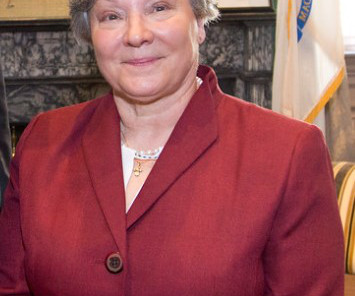
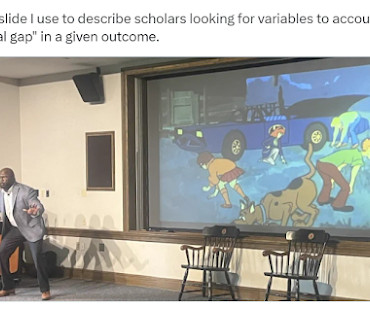

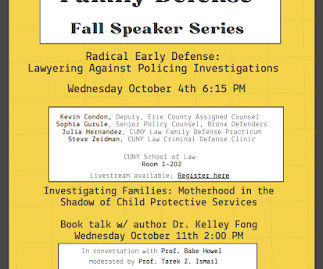
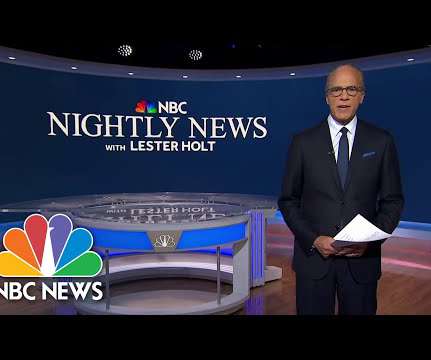
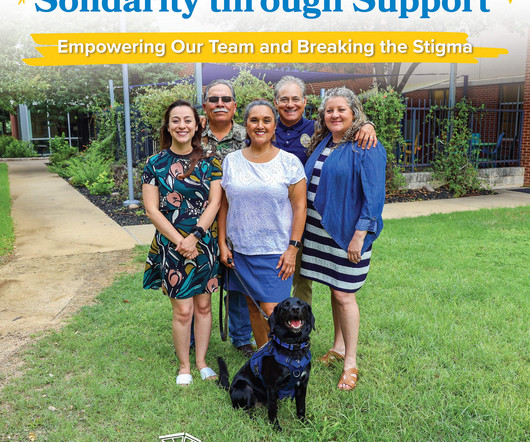
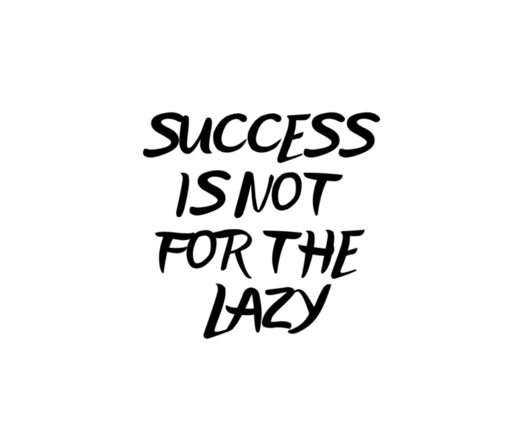



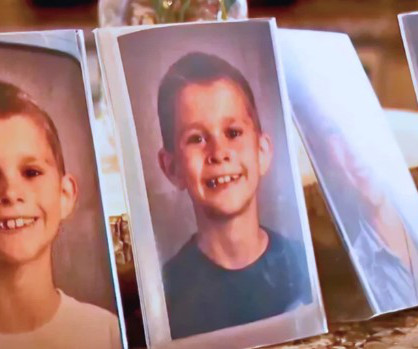




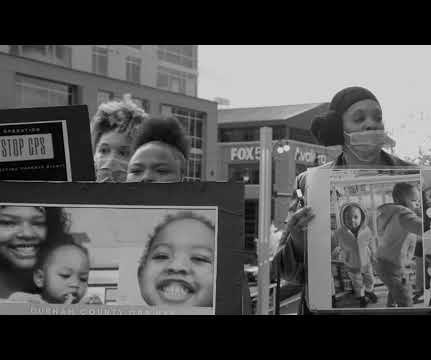

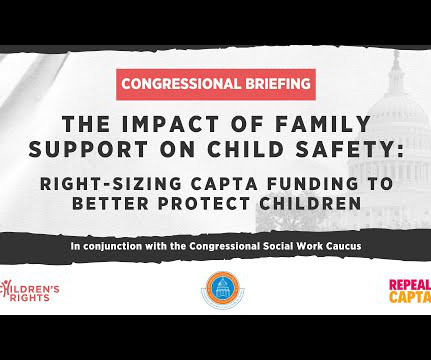







Let's personalize your content